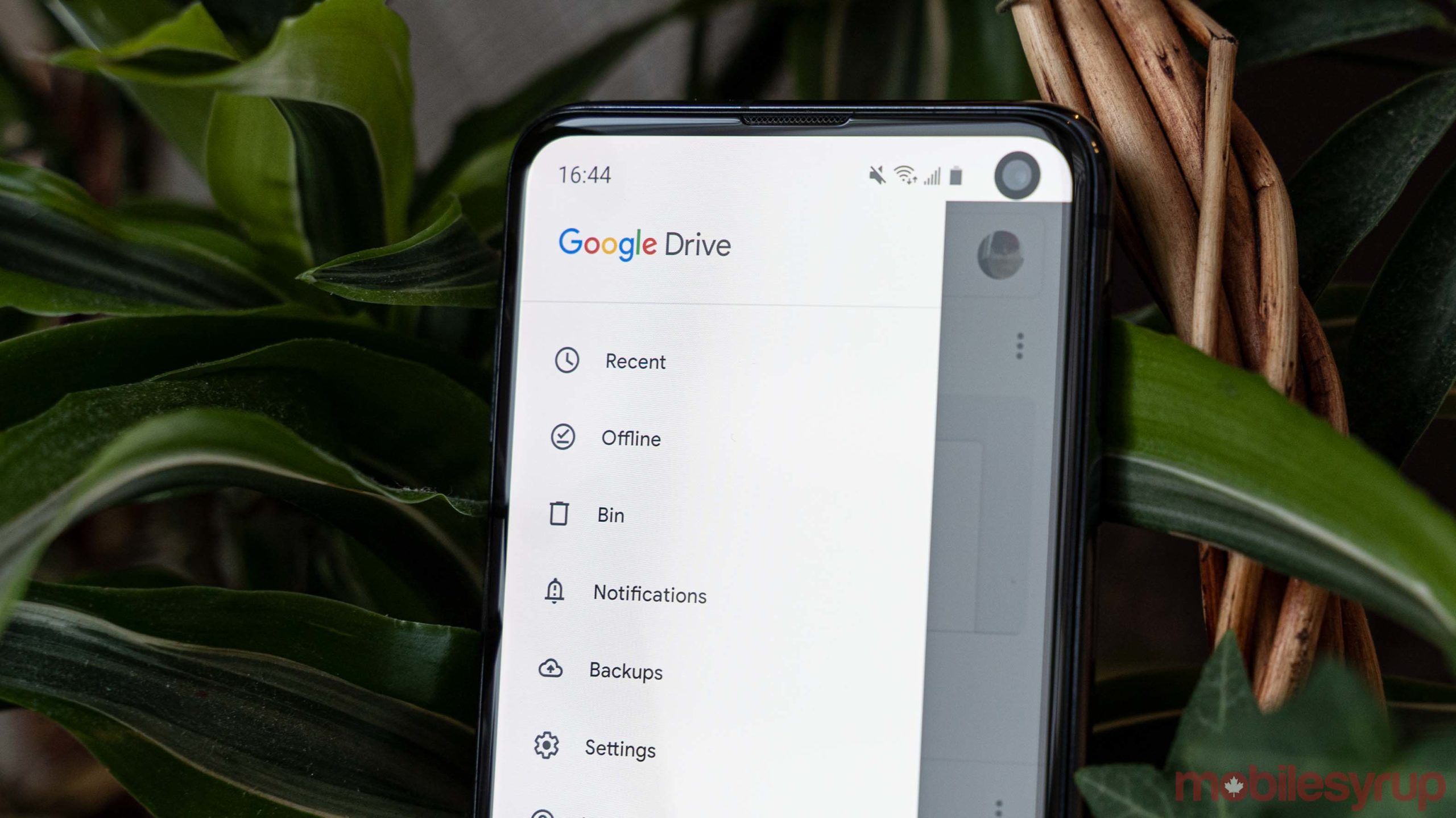
Simplifying Google Drive’s folder structure and sharing models
The G Suite group has been endeavoring to make it more straightforward to coordinate and share content in Google Drive, and assist with guiding clients to important documents across different drives.
These endeavors have brought about Drive alternate ways, which are records that go about as pointers to different documents in Google Drive. Easy route documents can be put away anyplace in Google Drive, including a common drive or a singular client's "My Drive."
Easy routes, which are currently commonly accessible, will likewise require those of you who expand on the Google Drive Programming interface to make arrangements for a few impending changes. This will guarantee your applications keep on working appropriately, and empower you to exploit the most recent elements in Drive.
Starting Sept. 30, 2020, it will presently not be imaginable to put a thing in different envelopes; each thing will have precisely one area. In the new model, alternate routes can be utilized to sort out satisfied in different orders. This improvement of Drive's envelope construction and sharing models will bring about an adjustment of the manner in which some Google Drive Programming interface endpoints act.
Designers are currently ready to pick in to the new model to create and test their applications. We have presented another enforceSingleParent demand boundary on impacted endpoints. To select in to the new way of behaving, set its worth to valid on the solicitations you make to the Google Drive Programming interface. Assuming you decide to pick in early, the possible requirement will make no further changes your application's way of behaving.
After Sept. 30, 2020, we will start relocating all things in Drive to a one-parent state. Some other parent-kid connections will become alternate ways in the previous parent envelopes. We will adaptively select the most reasonable parent to keep, in view of the order's properties.
The particular changes to the Programming interface's way of behaving are:
You can add a parent for a thing that doesn't as of now have one. This influences the children.insert (v2), files.update (v2/v3) and parents.insert (v2) endpoints. You can utilize the new canAddMyDriveParent capacity to check in the event that a thing presently has no guardians and on the off chance that the client has adequate admittance to add a parent for the thing.
A solicitation that makes another thing can never again determine various guardians. This influences the files.insert (v2), files.create (v3) and files.copy (v2/v3) endpoints.
Moving a thing will expect admittance to share the thing. Beforehand, just read admittance to the thing was required. On the off chance that the requester can't share a thing, they ought to make an easy route to it all things considered. This influences the files.update (v2/v3) endpoint. You can utilize the canMoveItemWithinDrive ability to check assuming the client approaches move a thing.
A thing's proprietor can now move their thing into another area, eliminating the thing's all's ongoing guardians, regardless of whether they approach those guardians. All entrance acquired from those guardians will be eliminated. Access that was added straightforwardly on the thing will be safeguarded. Already, the proprietor could add the thing to any organizer, making it become multi-nurtured, however this choice will presently not be accessible. This influences the children.insert (v2), files.update (v2/v3), and parents.insert (v2) endpoints.
Any activity that would have recently brought about a thing done having guardians will currently bring about the thing being nurtured under its proprietor's My Drive. This influences the children.delete (v2), files.delete (v2/v3), files.emptyTrash (v2/3), files.update (v2/v3), and parents.delete (v2) endpoints.
While moving proprietorship, the requester will actually want to control whether the moved thing is moved to the new proprietor's root or kept where it is. Assuming they decide to move the thing, any entrance acquired from the past parent will be lost, yet access that had been straightforwardly added to the thing will be protected. The past proprietor will continuously keep up with manager admittance to the thing, similarly as they had before these changes. This influences the permissions.insert (v2) and permissions.create (v3) endpoints.
For more data, investigate our refreshed engineer documentation. We have acquainted pages devoted with single-nurturing conduct changes (v2, v3) and the means application engineers need to take to relocate (v2, v3). The Programming interface reference has been refreshed to portray the new boundaries with regards to each impacted endpoint. We trust Drive alternate ways improve on how content is coordinated and shared, and that these progressions empower your applications — and your clients — to exploit these new highlights.


